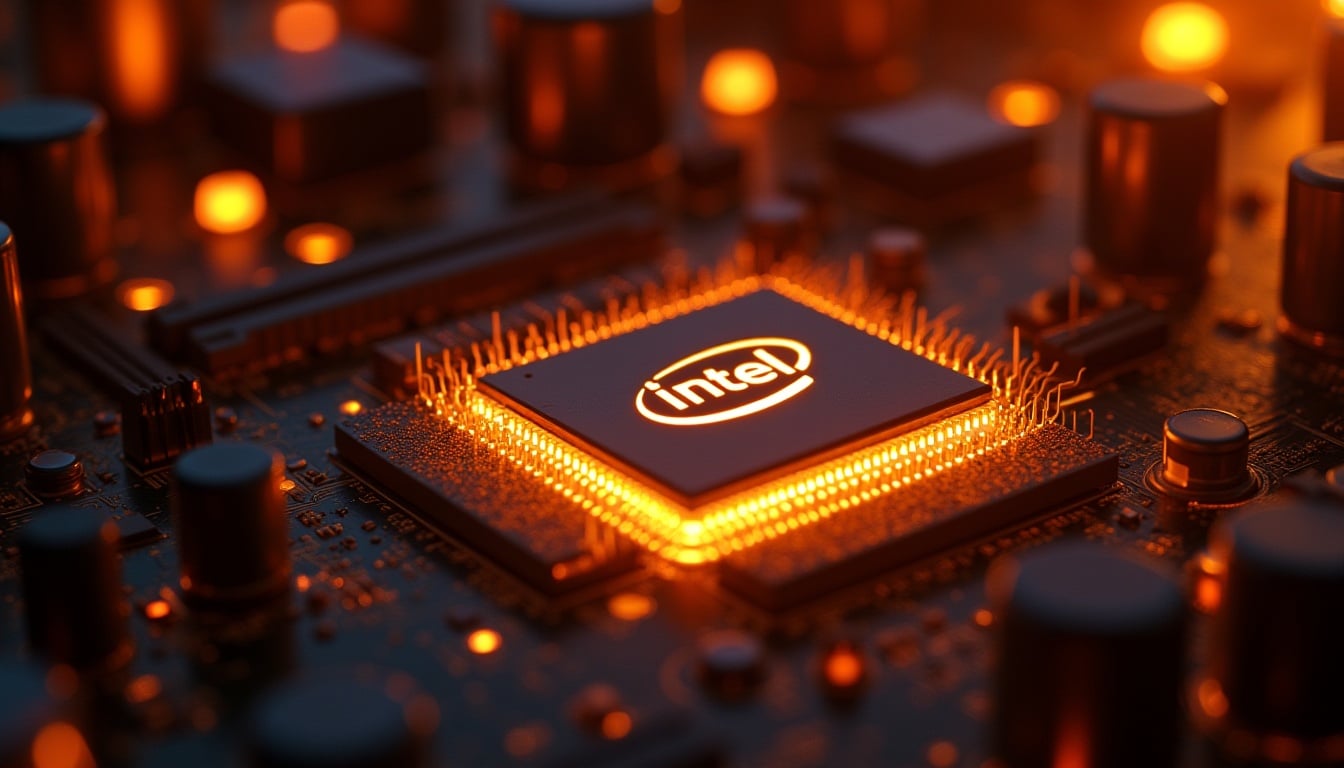The decision by Intel’s new CEO, Chen Liwu (陈立武), to personally review every processor and chip before their launch has sent shockwaves through the tech industry. Announced in September 2025, this is far from a symbolic gesture: it reflects the executive’s determination to get back on course in a giant that, in recent years, has seen its leadership in semiconductors challenged by competitors like AMD, NVIDIA, and emerging manufacturers.
A cultural shift at the top of Intel
Traditionally, decisions regarding the release of each microarchitecture fell to product teams and area managers, with the CEO overseeing only strategic direction. However, Chen Liwu has chosen a novel approach in recent company history:
- Every CPU, GPU, or AI chip must be approved by him before entering production.
- This measure means that no key product will reach the “tape-out” phase (initial wafer fabrication) without direct approval from the highest leader.
Sources within the company indicate that this decision aims to align technical quality with corporate strategy during a critical period.
The precedent: Arrow Lake’s stumble
The importance of this policy becomes clear in light of recent setbacks. The Arrow Lake generation, presented as the successor to desktop Core processors, offered improvements in productivity and energy efficiency but fell behind in gaming performance, an area where Intel previously held a competitive advantage.
The result: community criticism, loss of market share to AMD, and questions about design direction. For Chen Liwu, repeating a similar mistake in the next generation — whether in consumer processors, servers, or AI chips — would be a hard blow to recover from.
Intel facing a transforming industry
This move also highlights the competitive pressure:
- AMD recently launched new Ryzen and EPYC architectures with significant performance and efficiency gains, especially in mid- and lower-tier segments where Intel traditionally dominated.
- NVIDIA continues to lead in GPU technology and has strengthened its position in AI chips, a market expected to generate hundreds of billions in the coming years.
- The rise of ARM and RISC-V architectures, though still with smaller shares in traditional PCs, offers alternatives in servers and embedded environments.
Intel cannot afford further missteps if it aims to defend its historic role as a semiconductor leader.
Chen Liwu’s style: from strategy to the trenches
Since taking charge, Chen has driven changes in finance, product strategy, and organizational structure. His decision to be directly involved in technical validation reveals a leadership style closer to the product than to PowerPoint presentations.
Some analysts see risks in this approach: the complexity of Intel’s product line is huge, and relying on a single filter could create bottlenecks. Others argue it’s a necessary move to restore discipline and focus to a company that, over the last decade, has alternated major successes with failed projects.
The role of the ecosystem: from clients to governments
It’s not just consumers who expect results. Intel plays a strategic role in the US and European tech industries, with increased investments in semiconductor fabrication plants and efforts to promote autonomy from Asia.
- Enterprise and data center clients require stable product plans to manage their infrastructure.
- Governments see Intel as a key partner to reduce reliance on Taiwan for advanced chip manufacturing.
A miscalculation in upcoming launches could have consequences beyond business — impacting geopolitics as well.
A move toward an “Apple model”?
Some observers compare this strategy to the Steve Jobs approach at Apple, where the CEO reviewed and approved key products before launch. While the contexts differ, the philosophy is similar: centralize ultimate responsibility in the leader to ensure coherence and quality.
The question remains whether this model can work in a giant with tens of thousands of employees and a global supply chain.
Intel’s immediate future
Intel’s challenge isn’t just about approving chips from California offices. In the coming months, the company must demonstrate:
- Competitive performance of desktop and laptop CPUs against AMD’s Ryzen.
- Optimized energy consumption to meet efficiency demands.
- AI products to stay competitive in the growing accelerators market.
- Reliability in servers and data centers, where margins are high and errors costly.
Conclusion
Chen Liwu’s move to personally review each chip might seem risky at a company the size of Intel. Yet, it underscores the urgency of a moment when the firm must regain technical credibility and confidence in its products.
Time will tell if this strategy enhances Intel’s competitiveness or becomes an administrative bottleneck. In an industry where every nanometer counts, the company’s future hinges on decisions that go well beyond marketing: the future is decided in silicon.
Frequently Asked Questions (FAQ)
What does it mean for Intel’s CEO to approve every chip?
It means no CPU, GPU, or AI chip will go into manufacturing without the CEO’s approval. It aims to ensure technical and strategic consistency across the entire product line.
Why is Intel adopting this measure now?
Following Arrow Lake’s issues and the progress of competitors like AMD and NVIDIA, the company needs to reduce risk in its launches and reclaim innovation leadership.
Is centralizing power in the CEO risky?
Yes, it could create bottlenecks. However, analysts see it as a necessary step to restore discipline and ensure product quality.
How will this decision impact customers and the market?
If successful, enterprise and consumer clients will receive more robust, competitive products. Globally, Intel’s reliability will support Western strategies to reduce dependence on Asia.
via: Mydrivers

